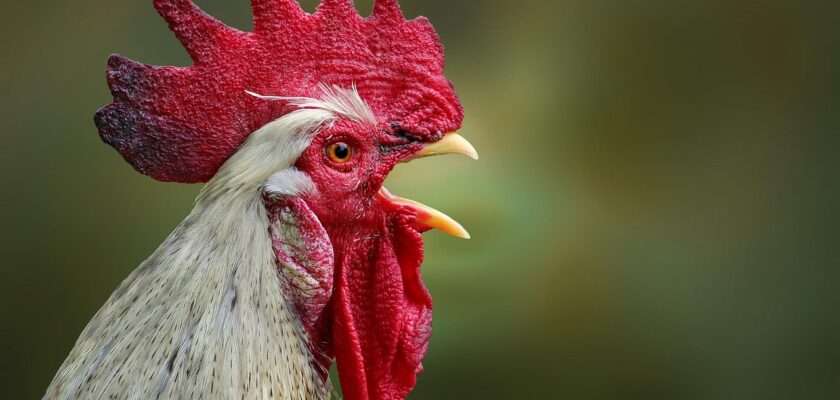Introduction
Have you ever wondered about the bright red thing on a chicken’s head? This distinctive feature, known as the comb, is much more than just ornamental—it plays essential roles in a chicken’s life. From reflecting their health to attracting mates, the comb is a fascinating topic. This article uncovers seven incredible facts about the chicken comb that you likely never knew.
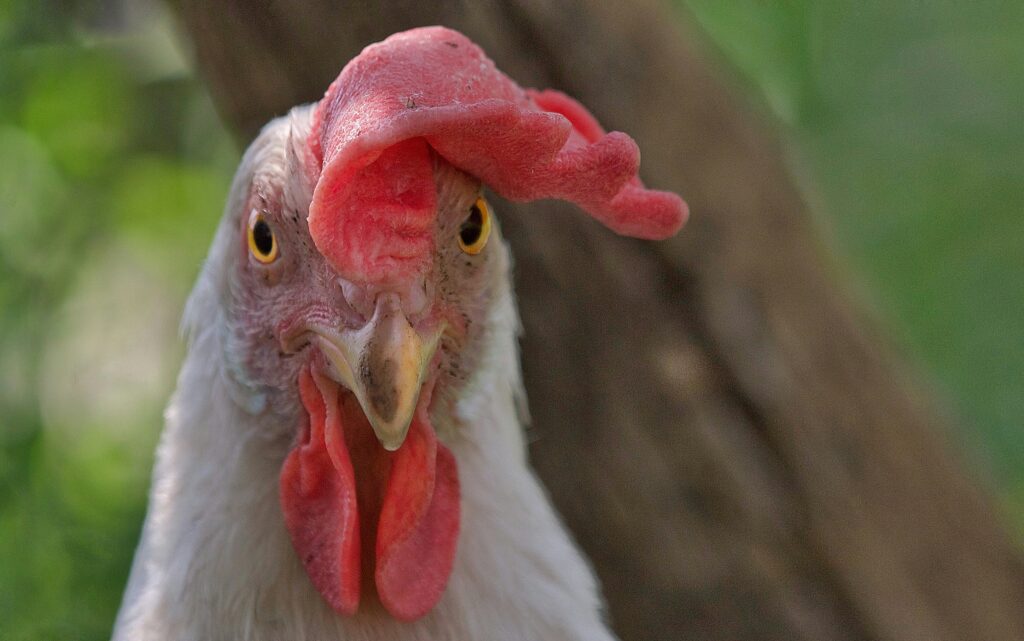
Photo by Andrey Tikhonovskiy on Unsplash
What Exactly Is the Red Thing on a Chicken’s Head?
The red thing on a chicken’s head is called a “comb.” It’s made from soft, fleshy tissue that contains blood vessels, giving it a vivid red color. Both hens and roosters have combs, but they vary significantly in size and shape depending on breed, age, and gender.
A comb typically develops fully once chickens reach maturity, around 6 to 8 months old. Its primary function includes body temperature regulation, mate attraction, and signaling health conditions.
Why Chickens Have Combs: Understanding the Purpose
Chickens don’t have combs just for decoration; combs serve several crucial purposes:
- Body Temperature Regulation: The comb helps chickens regulate body temperature by allowing heat to dissipate through its surface, similar to a built-in air conditioner.
- Mate Attraction: A large, vibrant comb on a rooster often attracts hens, signaling strong health and good genetics.
- Social Hierarchy: Chickens use comb size and color to establish dominance within the flock. Chickens with larger, more vivid combs typically have higher social standing.
Understanding these roles helps poultry keepers provide better care and management for their flocks.
Types of Chicken Combs
Chicken combs come in various shapes and sizes, each associated with specific breeds and characteristics. Let’s explore the most common comb types.
Single Comb
The single comb is the most recognizable—large, upright, and featuring distinct serrations. It’s common in breeds like Rhode Island Reds and Leghorns.
Rose Comb
Rose combs are broad, flat, and covered with small bumps. They taper into a pointed spike at the rear. Popular breeds with rose combs include Wyandottes and Sebrights.
Pea Comb
Pea combs have three ridges resembling small peas. These combs are compact, offering resistance to frostbite. They’re found in breeds like Brahmas and Ameraucanas.
Walnut Comb
A walnut comb resembles the shape of a walnut shell—rounded, bumpy, and firm. Silkies typically have walnut combs.
Cushion Comb
Cushion combs are small, smooth, and rounded without serrations or spikes, giving chickens a gentle appearance. They’re common in Chanteclers.
How Chicken Combs Reflect Health
A chicken’s comb is an indicator of overall health, and careful observation can identify problems early.
Color Changes in the Comb
A healthy comb is usually bright red, indicating good blood circulation. Variations like pale or dark purple combs might signify anemia, respiratory issues, or heart problems. Immediate action should be taken if these signs appear.
Common Comb Health Issues
Common issues affecting comb health include:
- Fowlpox: Caused by viruses resulting in lesions or scabs.
- Frostbite: Darkened, shriveled comb tips caused by freezing temperatures.
- Pecking Injuries: Injuries inflicted by other chickens due to aggressive pecking, requiring treatment to prevent infection.
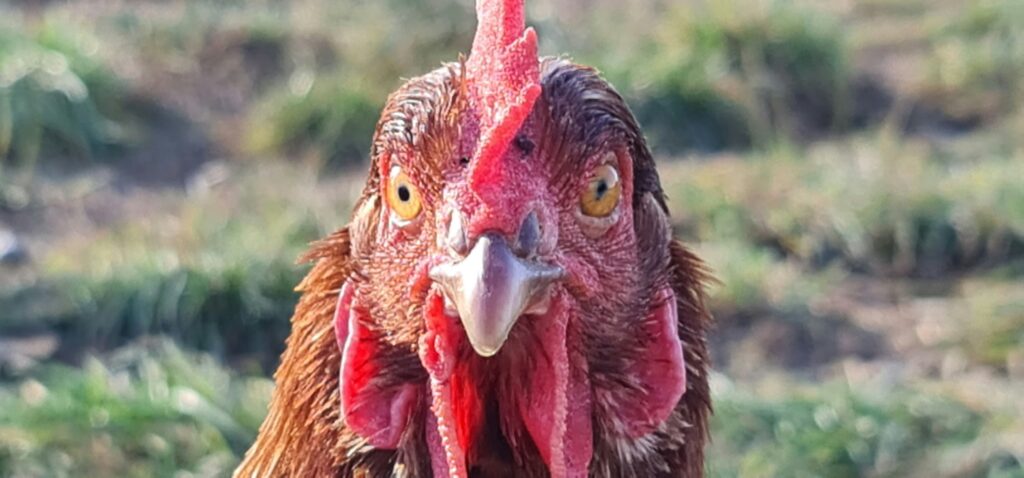
How to Care for Chicken Combs
Proper comb care enhances chicken welfare and longevity. Here are key strategies:
Protecting Against Frostbite
Apply petroleum jelly to combs during cold weather. Providing adequate coop insulation and ventilation minimizes frostbite risk.
Nutrition for Healthy Combs
Balanced diets rich in vitamins and minerals ensure healthy, vibrant combs. Essential nutrients include vitamin E, selenium, and proteins to maintain healthy tissues and immune responses.
Myths and Misconceptions About Chicken Combs
Misunderstandings abound about chicken combs, including:
- Comb Size Equals Egg Production: Comb size and shape do not correlate directly to egg-laying capacity.
- Only Roosters Have Combs: Both roosters and hens have combs; however, rooster combs are usually larger and more pronounced.
Dispelling these myths promotes better poultry care and realistic expectations.
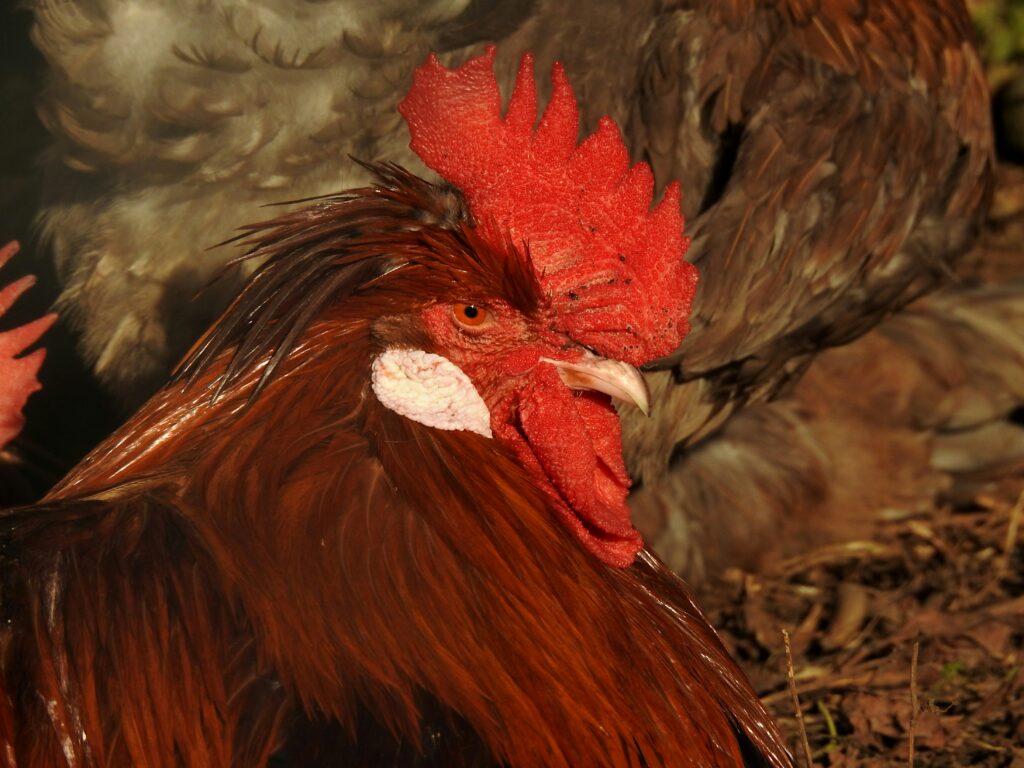
Photo by Diane Theresa Hendrick on Unsplash
Frequently Asked Questions (FAQs)
What is the ideal color of a healthy chicken comb?
A healthy comb should be bright, vivid red.
Can chickens live without a comb?
Yes, but combs are essential for health and social interactions; a damaged or removed comb may reduce their quality of life.
How do I treat frostbite on a chicken’s comb?
Move affected chickens to a warm area, gently apply warm (not hot) water compresses, and treat with antiseptics. Petroleum jelly helps prevent recurrence.
Why is my chicken’s comb turning pale?
A pale comb can indicate anemia, poor nutrition, or parasitic infestation. It warrants immediate investigation.
Are combs sensitive to touch?
Yes, combs contain nerves and blood vessels, making them sensitive to pain and temperature.
Which comb type is best for cold climates?
Pea and rose combs are better for colder climates because they’re less susceptible to frostbite.
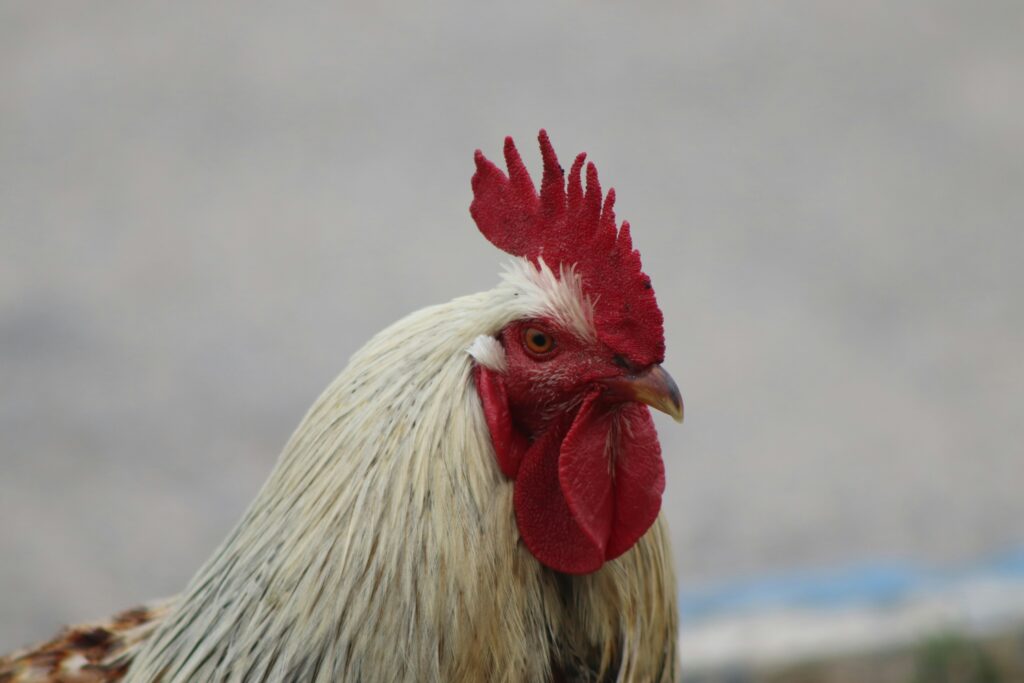
Photo by Amirmoein Chizari on Unsplash
Conclusion
The red thing on a chicken’s head—the comb—is a multifunctional, fascinating aspect of poultry biology. Understanding its purposes, types, health indicators, and care methods can significantly enhance flock management and chicken welfare. Whether you’re an experienced poultry keeper or new to chickens, appreciating this humble yet remarkable feature leads to healthier, happier birds.
